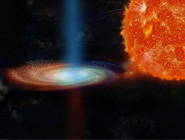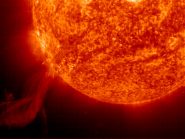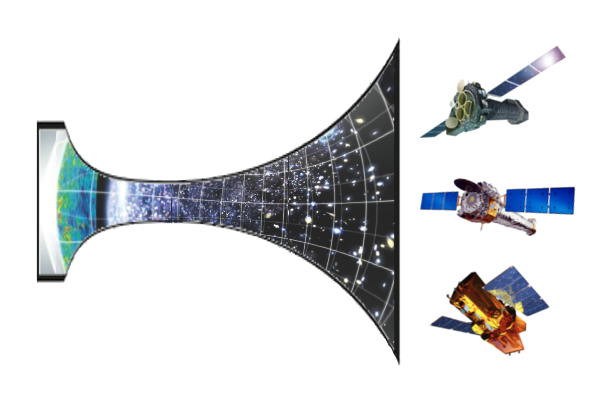The XMM-Newton X-ray observatory of the European Space Agency is celebrating the 21st anniversary of its launch into space with the publication of a new data catalogue, the 4XMM-DR10, a compilation of nearly 850,000 X-ray detections found in more than 11,000 observations made since its launch two decades ago. Most of detections it makes are fortuitous and of an unknown nature, and most of the objects discovered and included in this catalogue correspond to supermassive black holes, with masses between one million and ten billion times that of our sun, each in the centre of its own galaxy.
Together with the catalog, a new citizen science project is available, called CLAXSON. With this, astronomers ask anyone interested in X-ray astronomy to help them find and classify sources in the XMM catalogue detected in observations taken over the last 20 years. CLAXSON or (Classification of X-ray Sources for Novices), allows you to navigate through all the necessary previous steps before learning how to identify the objects contained in the catalogue as the aforementioned black holes or stars.
_

Active galaxy 
X-ray binary 
Star
“Thanks to the identifications that the public will be able to make with CLAXSON, we will be able to build a large sample that will serve advanced learning techniques and allow a computer to identify other sources in the catalogue” points out Dr. Natalie Webb, from the Research Institute of Astrophysical and Planetary Sciences in France and director of the XMM-SSC in the in the Institute of Physics of Cantabria webpage. “As XMM-Newton continues to study the X-ray sky, finding more exotic objects, we will be able to classify them automatically thanks to the help of users, providing a great deal of information to both the scientific community and general public”, points out Dr. Webb.
The CLAXSON platform is already available in four languages (EN, FR, ES and GR) and anyone is welcome to participate!

